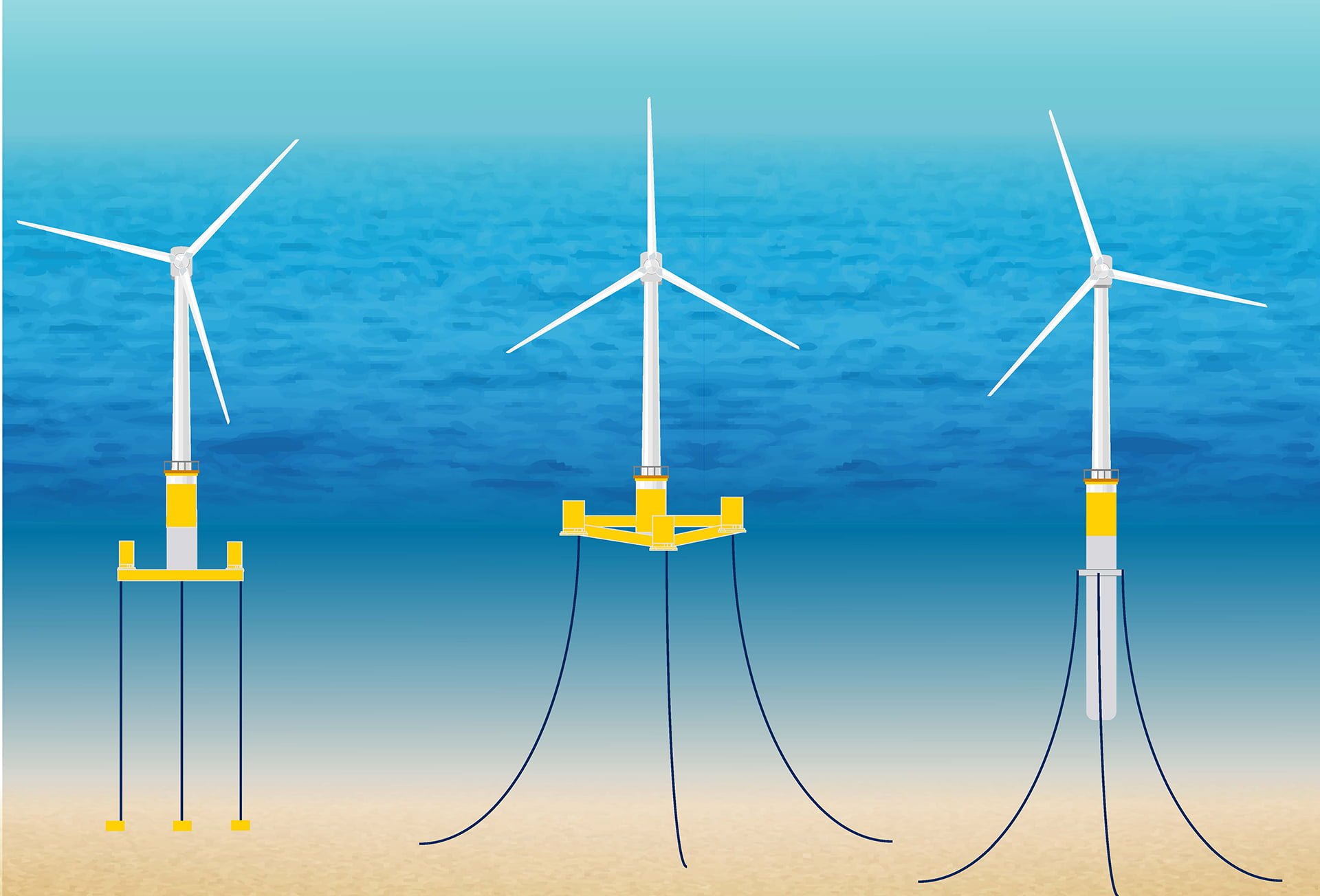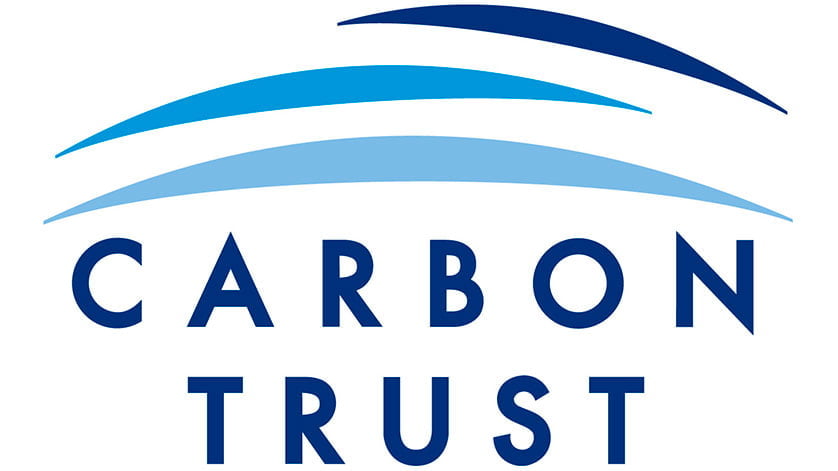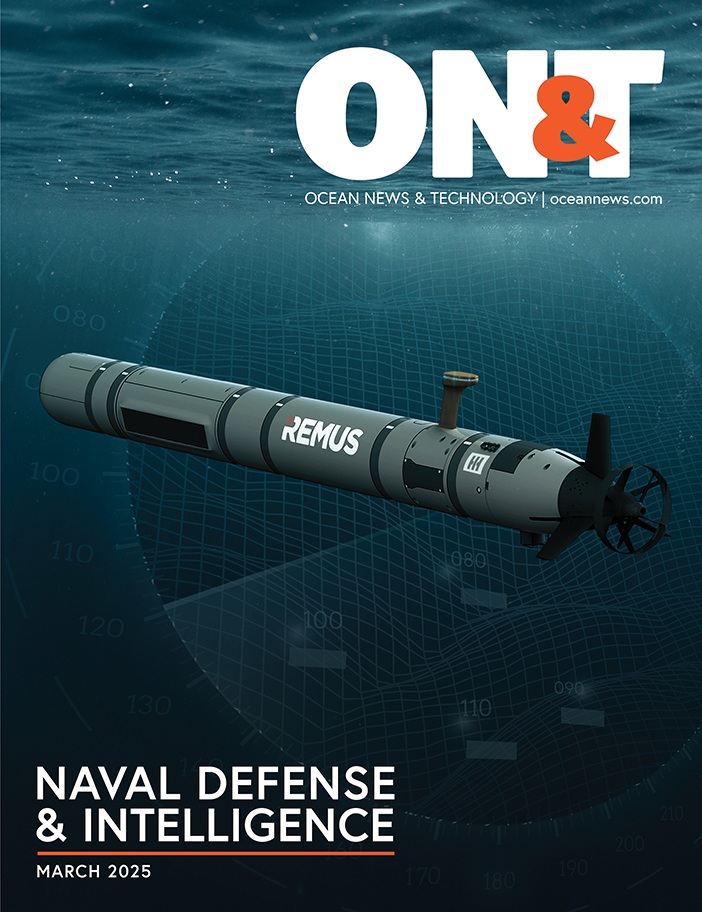The first project to kick off will be an investigation into the impact of increasing power rating of larger turbines on the scaling requirements of floating foundations. The Carbon Trust and industry partners have selected Rambøll to deliver the study, which will use 6MW, 10MW and 15MW turbines as a baseline to evaluate the potential cost savings from adopting larger next generation turbines.
 The study will also engage with turbine manufacturers to assess the design requirements for turbines on floating structures. Gaining a deeper understanding of the relationship between turbine performance and optimum foundation size will help to increase confidence in less conservative design requirements and identify opportunities for lower cost integrated designs.
The study will also engage with turbine manufacturers to assess the design requirements for turbines on floating structures. Gaining a deeper understanding of the relationship between turbine performance and optimum foundation size will help to increase confidence in less conservative design requirements and identify opportunities for lower cost integrated designs.
Seaway Heavy Lifting (SHL) will lead a second study into heavy lift offshore operations during the installation and maintenance of floating wind farms. Commercial-scale floating wind farms will be in deeper waters where fixed methods of installation, for example using jack-up vessels, are not viable options. Identifying alternative methods is therefore a priority for the industry.
A technical panel consisting of leading heavy lift contractors will work alongside SHL to investigate the feasibility and technology development needs to conduct heavy lift operations offshore. This will include floating-to-floating lifts and innovative mobile solutions, such as climbing cranes. As part of the project, the Carbon Trust invites innovators to get in touch with relevant technology solutions.
Rhodri James, Manager at the Carbon Trust, said: “We are really pleased that the Floating Wind JIP is beginning its next phase of work, building on the success to-date since its inception in 2016. These new studies will investigate two critical challenges for the burgeoning floating wind sector. Scaling effects with larger turbines are expected to be a key driver of cost reduction, particularly as larger next generation turbines reach the market. Likewise, future projects will be reliant on the ability to install and maintain large floating wind farms in challenging offshore environments, and this will be a crucial enabler in reducing investment risk for commercial projects. We are looking forward to engaging and collaborating with the wider industry to identify promising solutions in the market.”
Further information on the Carbon Trust’s Floating Wind Joint Industry Project can be found here.

